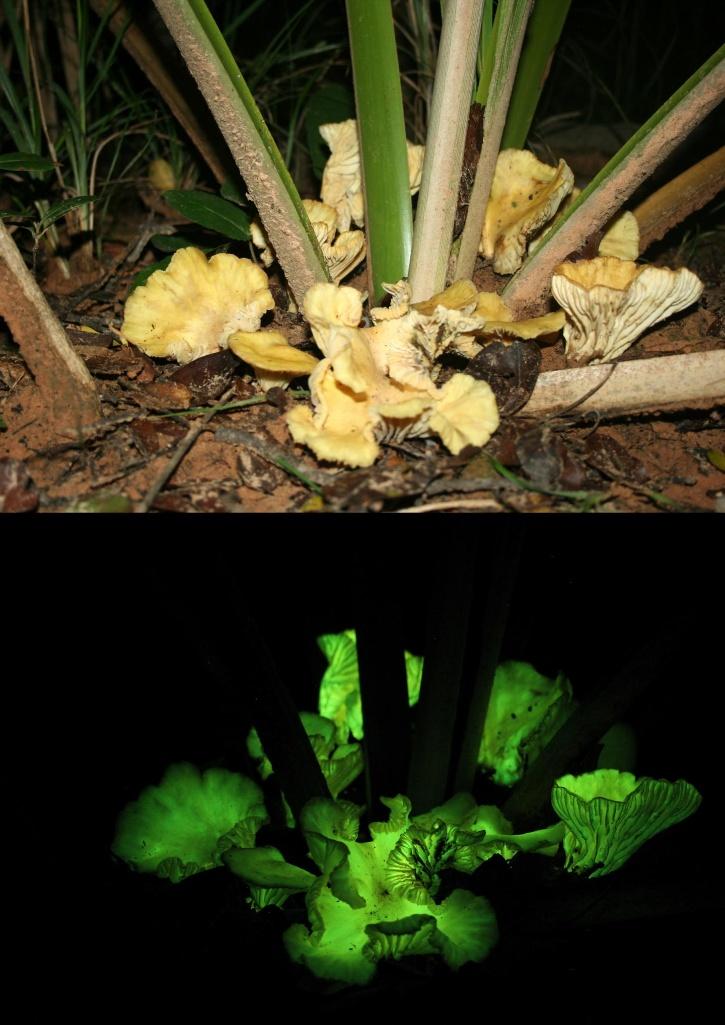
During
the 10-day period, all political, public and religious gatherings and
sporting activities will be banned in Shillong, Jowai and Tura.
COVID-19 vaccination (Representational photo) | Photo Credit: AP
Shillong: Meghalaya Chief Minister Conrad K Sangma
on Wednesday said the state government...

























